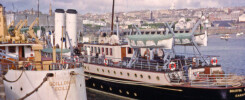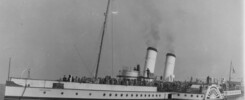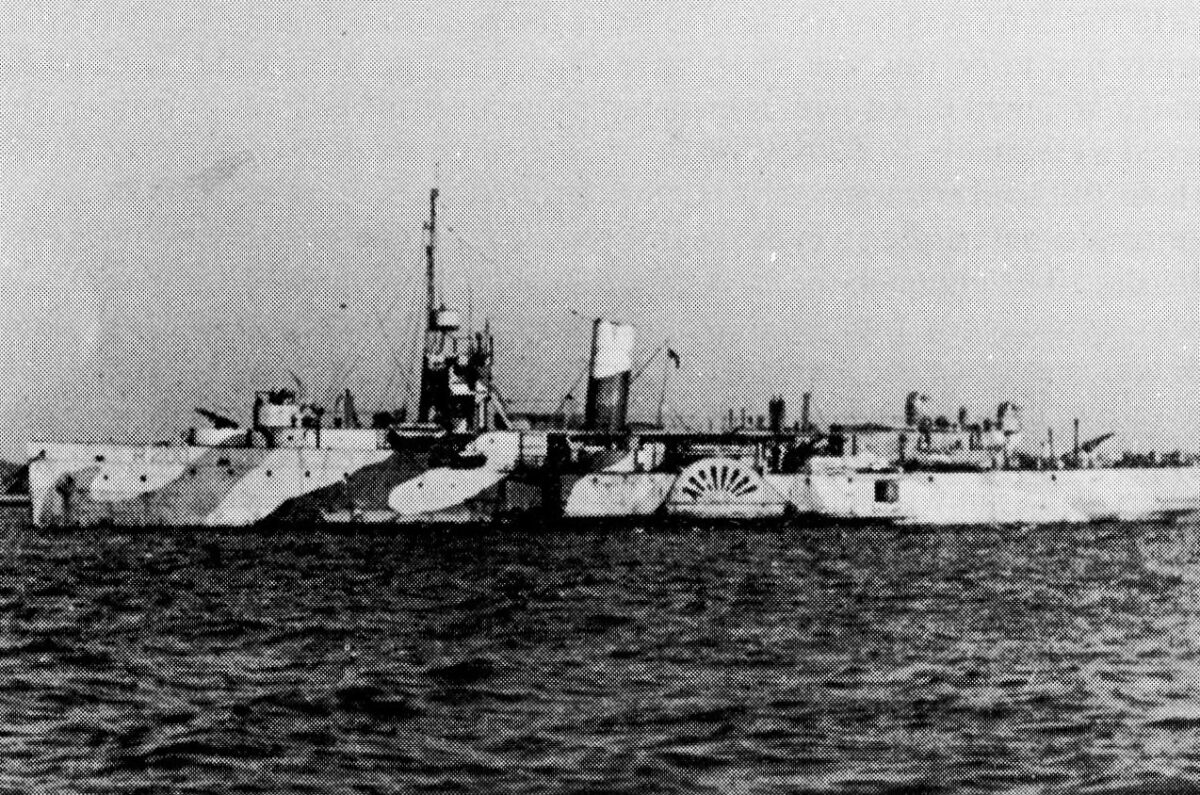
At the turn of the year in 1941 HMS Aristocrat, the ex Clyde paddler Talisman, was posted from Rosyth to Sheerness as an anti-aircraft ship. By 15th January she was on station and fulfilling her new role escorting convoys sailing in and out of the Thames between the Nore off Sheerness, the North East Spit off Margate and Harwich in the north.
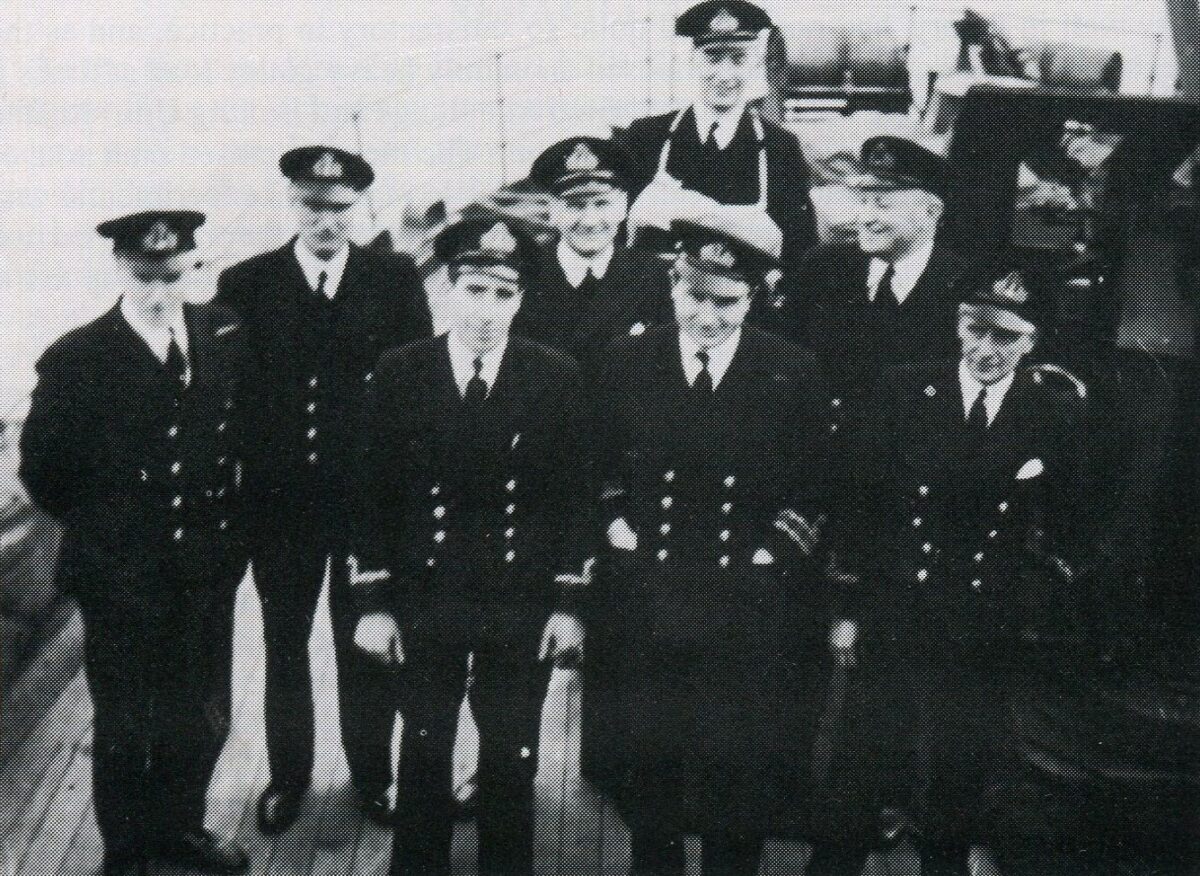
At that time the approaches to the Thames were heavily mined and the the convoys under frequent attack from the air so this was a difficult not to say dangerous role. However christened the “Wasp”, due to the distinctive whine coming from her diesel exhaust up her funnel, Aristocrat paddled on regardless in consort with the paddle steamers Golden Eagle and Royal Eagle and from May 1941 her former Clyde running mate Jeanie Deans. So far as I can see the only extensive damage suffered by any of these ships in this period was to Royal Eagle which had some of her bottom plates set up when a mine exploded close by her.
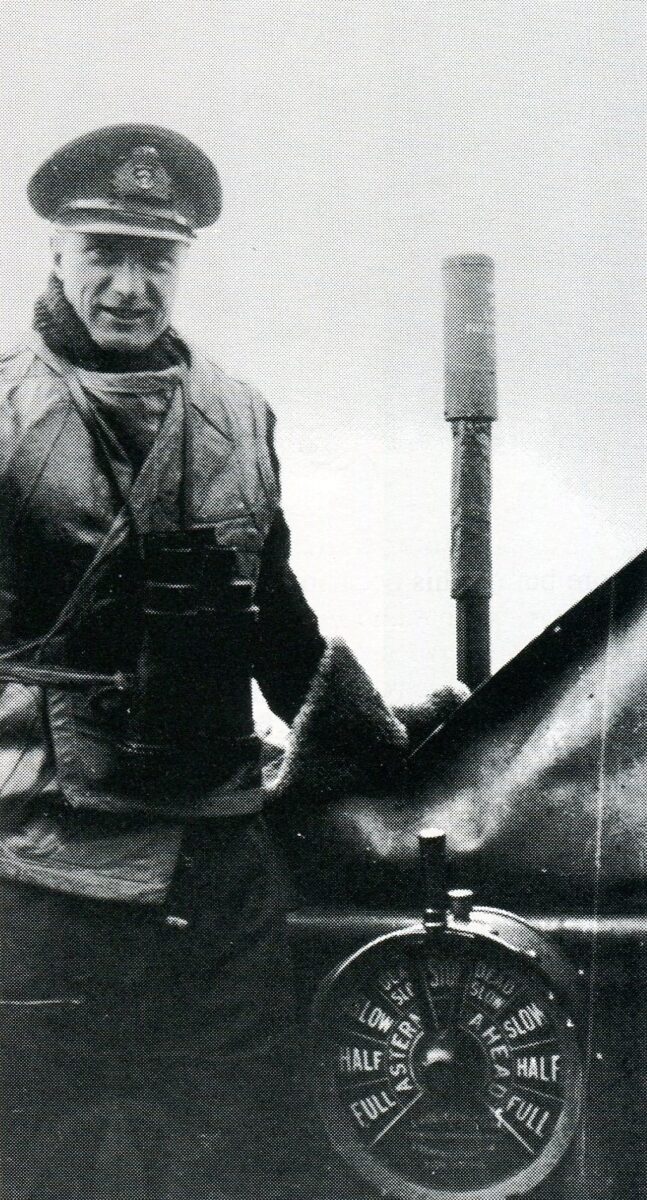
During this war time service HMS Aristocrat’s accommodation naturally differed from that in her peacetime role as Talisman. The former deck-shelter under the bridge was the seamen’s mess with the communication ratings’ mess at the forward end of that. Below on the main deck in place of the forward first class saloon restaurant was an area fitted up with bunks. The aft end of this space together with the forward part of the engine room alleyways contained the galley, office, sick bay and rooms for the radar and asdic. Below that in what had been the first class smoking room was the petty officer’s mess and forward of that the Stokers’ mess. And yes despite being a diesel ship she still carried engine room crew called Stokers. On deck where the purser’s office had been became rooms for the sailmaker’s workshop, another office, the coxswain, the radio communications office and the gunners’ store and workshop. Back aft on the main deck where the old third class lounge and smoking room had been situated and the lower deck beneath that which had been the officers’ accommodation now contained cabins for the naval officers. Right aft where Waverley’s galley is today was the officer’s mess in the same position on the ship as the captain’s cabin had been in the grand old days of the Wooden Walls like HMS Victory. That is as far away from the bulk of the crew as was physically possible.
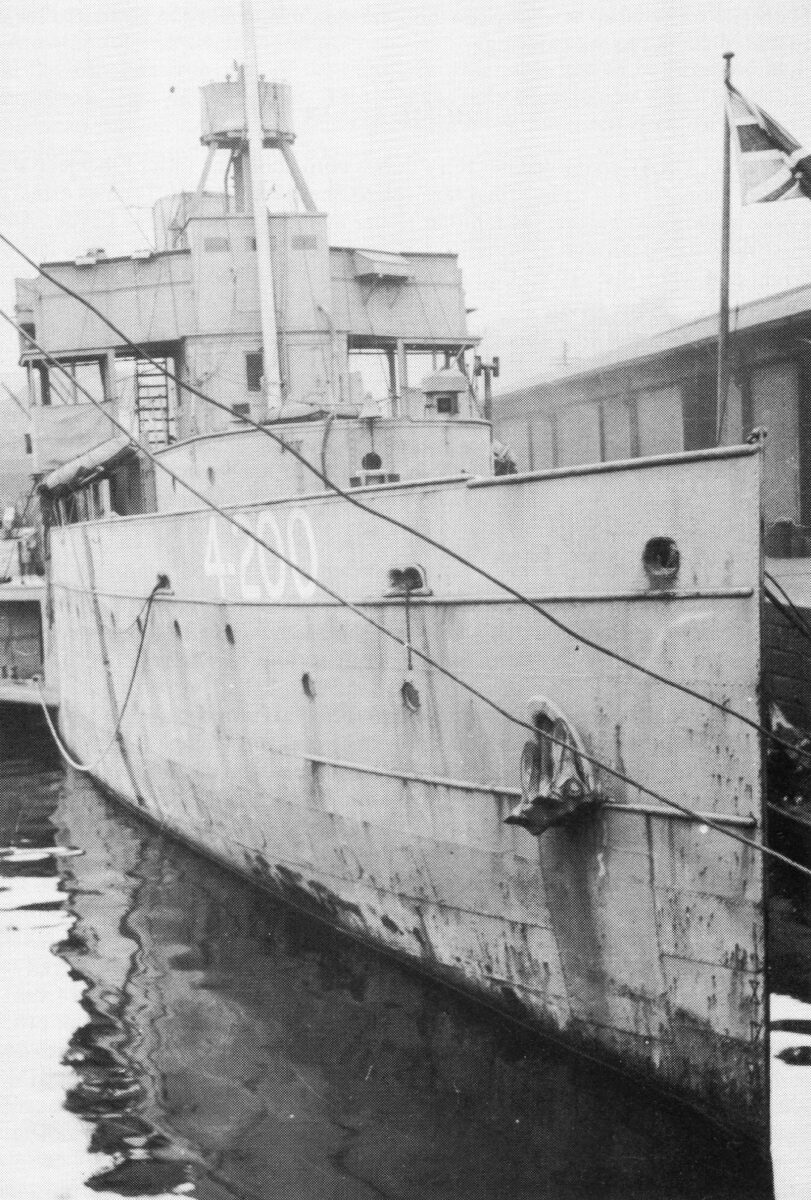
Later in the war HMS Aristocrat took part in training exercises with commandos on the South Coast between Southampton and Bridport in preparation for the Dieppe raid in the spring of 1942. She was also closely involved with the allied invasion of Normandy in 1944 before finally returning to the Clyde early in 1946 for conversion back into the Clyde paddler Talisman that she had been before the war.
But on Wednesday 15th January 1941 all that lay in the future as HMS Aristocrat became the new boy as an anti-aircraft ship based at Sheerness on the Medway.
Kingswear Castle returned to service in 2023 after the first part of a major rebuild which is designed to set her up for the next 25 years running on the River Dart. The Paddle Steamer Kingswear Castle Trust is now fund raising for the second phase of the rebuild. You can read more about the rebuilds and how you can help if you can here.
John Megoran
This article was first published on 15th January 2021.

